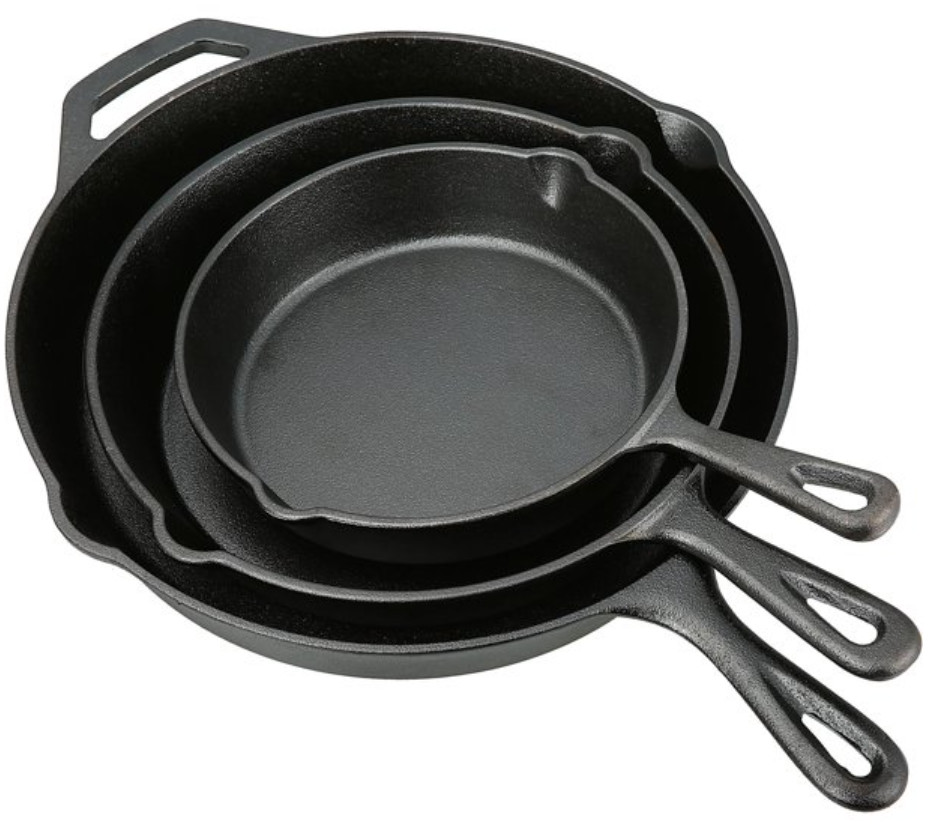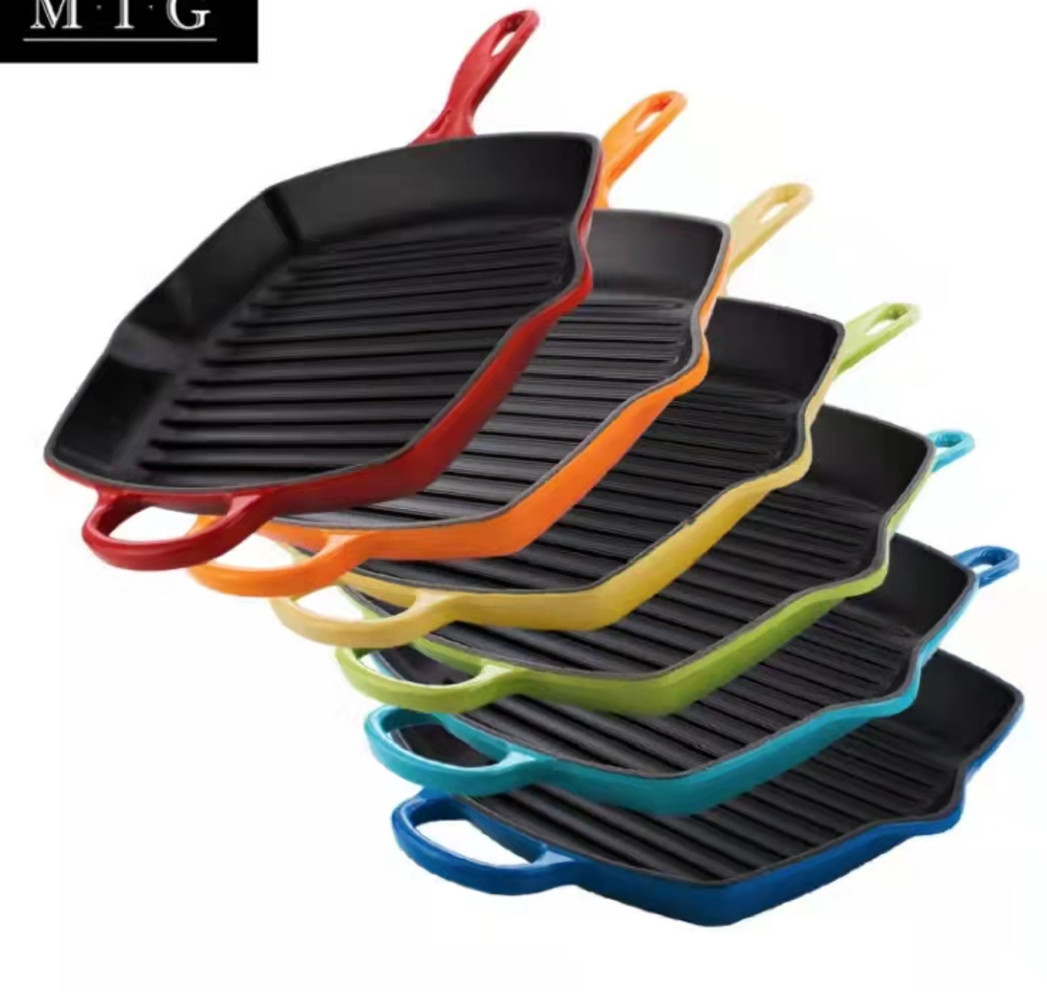- 150 m verso sud, West DingWei Road, Nanlou Village, Changan Town, GaoCheng Area, Shijiazhuang, Hebei, Cina
- monica@foundryasia.com
Giu . 12, 2023 18:48 Torna alla lista
CHE COSA SONO LE PENTOLE IN GHISA
Cosa sono le pentole in ghisa:
Le pentole in ghisa sono pentole per impieghi gravosi realizzate in ghisa apprezzate per la ritenzione del calore, la durata, la capacità di essere utilizzate a temperature molto elevate e la cottura antiaderente se adeguatamente stagionate.
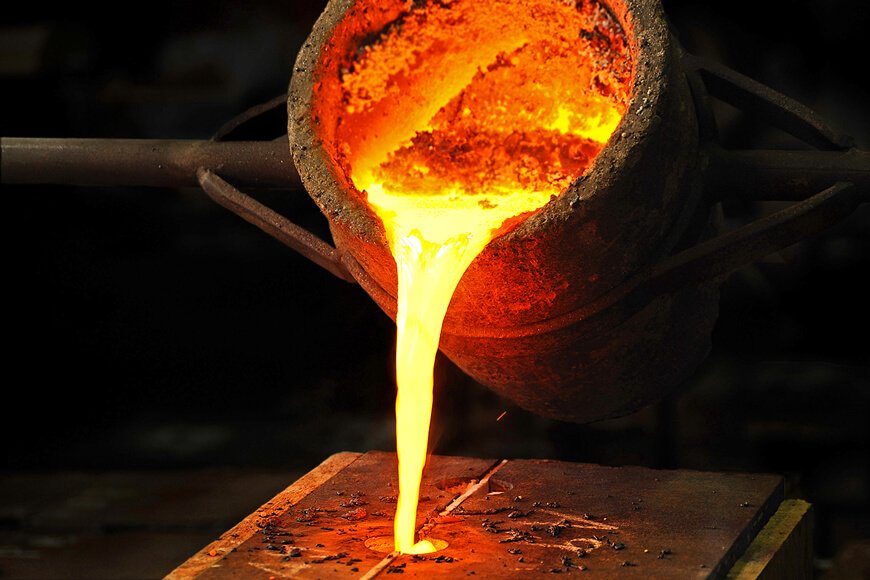
Storia delle pentole in ghisa
In Asia, particularly China, India, Korea and Japan, there is a long history of cooking with cast iron vessels. The first mention of a cast-iron kettle in English appeared in 679 or 680, though this wasn't the first use of metal vessels for cooking. The term pot came into use in 1180. Both terms referred to a vessel capable of withstanding the direct heat of a fire. Cast-iron cauldrons and cooking pots were valued as kitchen items for their durability and their ability to retain heat evenly, thus improving the quality of cooked meals.
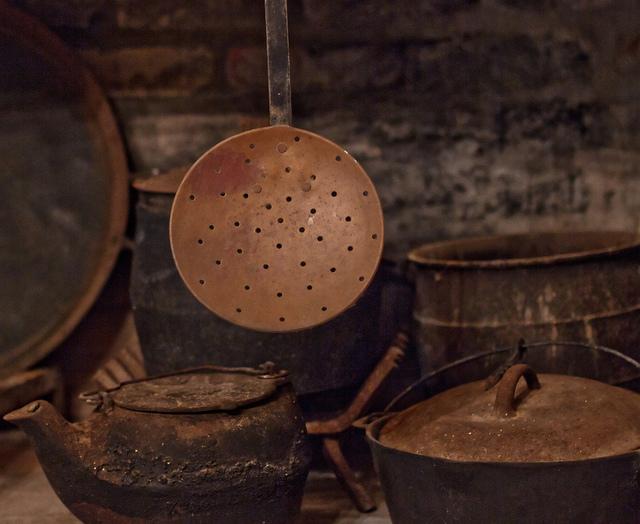
In Europa e negli Stati Uniti, prima dell'introduzione del fornello da cucina a metà del XIX secolo, i pasti venivano cucinati nel focolare e pentole e padelle erano progettate per essere utilizzate nel focolare o per essere sospese al suo interno.
Cast-iron pots were made with handles to allow them to be hung over a fire, or with legs so that they could stand in the coals. In addition to Dutch ovens with three or four feet, which Abraham Darby I secured a patent in 1708 to produce, a commonly used cast-iron cooking pan called a spider had a handle and three legs allowing it to stand upright over campfires as well as in the coals and ashes of a fireplace.
Pentole e padelle con fondo piatto senza gambe sono entrate in uso quando le stufe sono diventate popolari; questo periodo della fine dell'Ottocento vide l'introduzione dell'appartamento
cast-iron skillet.
Le pentole in ghisa erano particolarmente popolari tra le casalinghe durante la prima metà del XX secolo. Era una pentola economica ma resistente. La maggior parte delle famiglie americane aveva almeno una padella in ghisa.
Il 20 ° secolo ha visto anche l'introduzione e la divulgazione di pentole in ghisa smaltata.
Today, of the large selection of cookware that can be purchased from kitchen suppliers, cast iron comprises only a small fraction. However, the durability and reliability of cast iron as a cooking tool has ensured its survival. Cast-iron pots and pans from the 19th and 20th century continue to see daily use to the present day. They are also highly sought after by antique collectors and dealers. Cast iron has also seen a resurgence of its popularity in specialty markets. Through cooking shows, celebrity chefs have brought renewed attention to traditional cooking methods, especially the use of cast iron.
Prodotti essenziali
I tipi di pentole in ghisa includono padelle, forni olandesi, piastre, piastre per waffle, pressa per panini, friggitrici, wok, fondu e potjies.
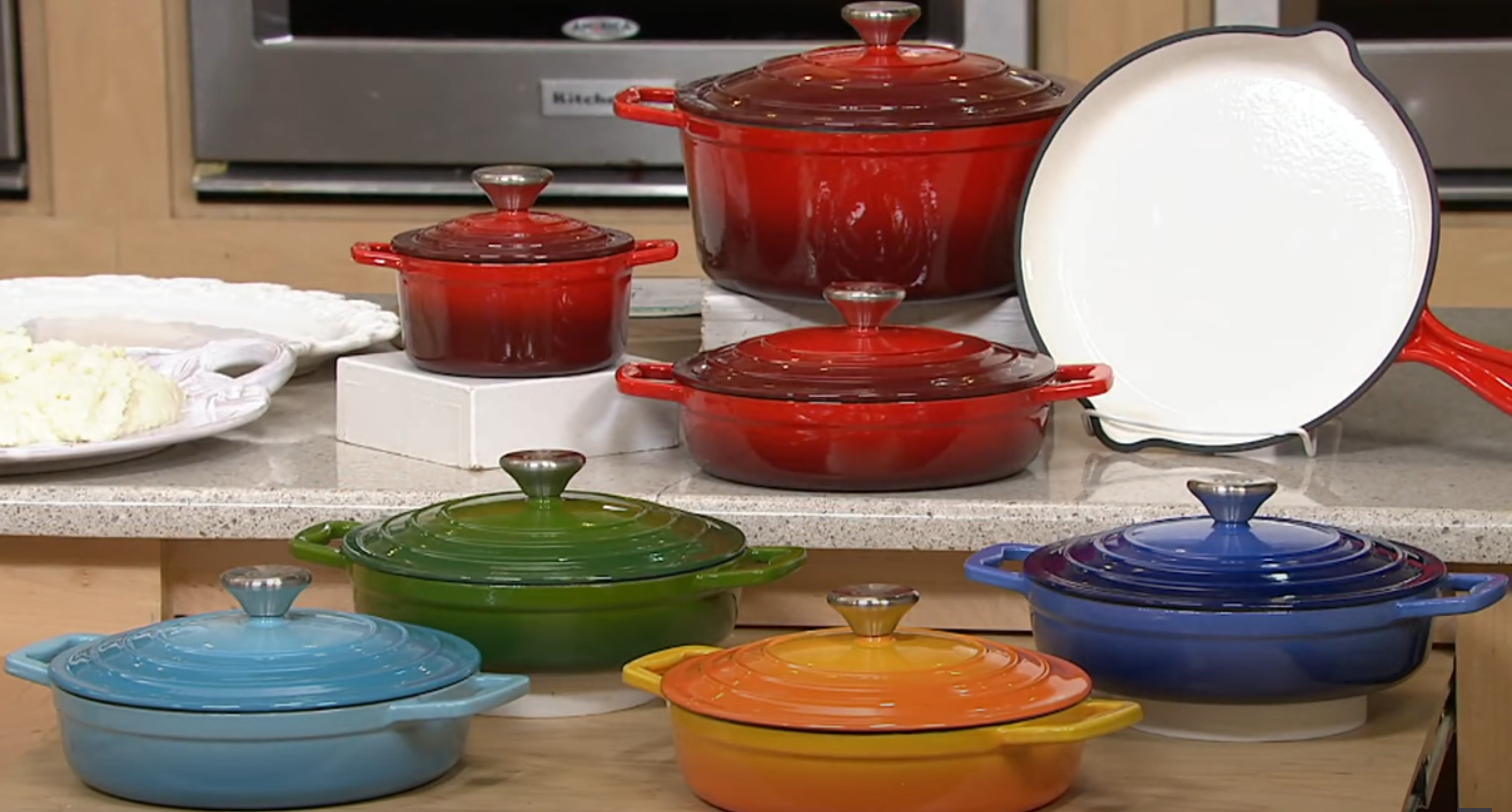
Vantaggi delle pentole in ghisa
Cast iron's ability to withstand and maintain very high cooking temperatures makes it a common choice for searing or frying, and its excellent heat retention makes it a good option for long-cooking stews or braised dishes.
Because cast-iron skillets can develop a "non-stick" surface when cared for properly, they are excellent for frying potatoes or preparing stir-fries. Some cooks consider cast iron a good choice for egg dishes, while others feel the iron adds an off-flavor to eggs. Other uses of cast-iron pans include baking, for instance for making cornbread, cobblers and cakes.
Many recipes call for the use of a cast-iron skillet or pot, especially so that the dish can be initially seared or fried on the stovetop then transferred into the oven, pan and all, to finish baking. Likewise, cast-iron skillets can double as baking dishes. This differs from many other cooking pots, which have varying components that may be damaged by the excessive temperatures of 400 °F (204 °C) or more.
-
Product introduction of Changan Cast Iron Co., LTD
NotiziaJan.24,2024
-
The Impact of the Leidenfrost Effect on Non-Stick Properties of Cast Iron Titanium Coated Cookware
NotiziaJan.24,2024
-
Esplorando il divario culinario: casseruole in ghisa e casseruole normali
Notizia03 gennaio 2024
-
Laboratorio di confezionamento riorganizzato con scaffalature e stoccaggio 3D per le merci
Notizia29 dicembre 2023
-
La pulizia di una pentola in ghisa smaltata usata può essere eseguita in modo efficace con i seguenti passaggi:
Notizia27 dicembre 2023
-
Struttura metallografica per smalto su ghisa
Notizia27 dicembre 2023
